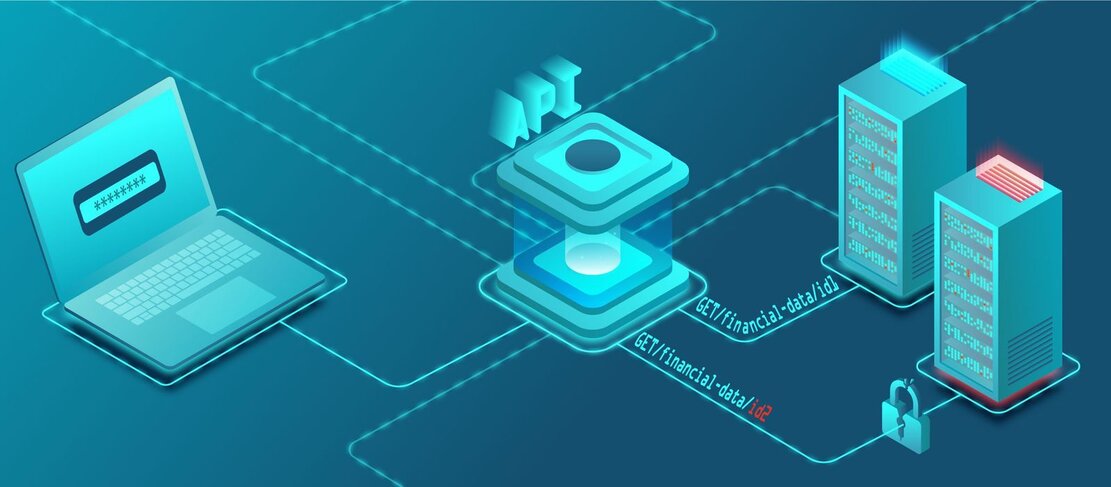Introduction
In today’s digital landscape, APIs (Application Programming Interfaces) play a crucial role in enabling seamless communication between different software systems. However, with the increasing reliance on APIs, security vulnerabilities have also surged. One of the most critical and commonly exploited API vulnerabilities is Broken Object Level Authorization (BOLA).
BOLA occurs when an attacker manipulates object identifiers (IDs) in API requests to gain unauthorized access to sensitive data. This vulnerability is ranked among the OWASP API Security Top 10 due to its prevalence and severe impact.
In this comprehensive guide, we will explore:
- What BOLA is and how it works
- Real-world examples of BOLA attacks
- Techniques attackers use to exploit BOLA
- Best practices to prevent BOLA vulnerabilities
- Tools and methodologies for testing BOLA
By the end of this article, you will have a deep understanding of BOLA and how to protect your APIs from such attacks.
What is Broken Object Level Authorization (BOLA)?
Broken Object Level Authorization (BOLA), also known as Insecure Direct Object Reference (IDOR), is a security flaw that arises when an API fails to enforce proper authorization checks on object references.
How BOLA Works
APIs often expose endpoints that include object identifiers (IDs) in URLs or request parameters. For example:
text
GET /api/users/123
Here, 123 is the user ID. If the API does not verify whether the requester has permission to access user 123‘s data, an attacker can simply change the ID to 124 and retrieve another user’s information.
Why BOLA is Dangerous
- Data Breaches: Attackers can access sensitive user data (PII, financial records, etc.).
- Privilege Escalation: Unauthorized users may perform actions reserved for admins.
- Compliance Violations: BOLA can lead to GDPR, HIPAA, or other regulatory penalties.
Real-World Examples of BOLA Attacks
1. Facebook BOLA Vulnerability (2018)
In 2018, a security researcher discovered that Facebook’s API allowed attackers to access private photos by manipulating photo IDs. The API did not verify if the requester had permission to view the images, leading to unauthorized data exposure.
2. Zoom User Data Leak (2020)
A BOLA flaw in Zoom’s API allowed attackers to access meeting details and user information by guessing meeting IDs. This vulnerability exposed thousands of private meetings.
3. Shopify BOLA Exploit (2019)
Shopify’s API had a BOLA vulnerability where attackers could modify order IDs to view and manipulate other customers’ orders.
These cases highlight how BOLA can lead to massive data leaks if not properly mitigated.
How Attackers Exploit BOLA
Attackers use various techniques to exploit BOLA vulnerabilities:
1. ID Manipulation
- Changing numeric IDs in URLs (
/api/user/100→/api/user/101) - Modifying UUIDs or alphanumeric references
2. Parameter Tampering
- Altering JSON/XML request bodies to reference unauthorized objects
- Modifying query parameters (
?order_id=12345→?order_id=67890)
3. Predictable Object References
- Using sequential IDs (easy to guess)
- Exploiting weak encryption in object references
4. API Fuzzing
- Automated tools (Burp Suite, OWASP ZAP) to brute-force object IDs
- Enumeration attacks to discover valid object references
How to Prevent BOLA Vulnerabilities
1. Implement Proper Authorization Checks
- Always validate if the user has permission to access the requested object.
- Use role-based access control (RBAC) or attribute-based access control (ABAC).
2. Use Indirect Object References
- Avoid exposing direct database IDs. Instead, use temporary or hashed references.
- Example:
/api/user/abc123instead of/api/user/1.
3. Rate Limiting & Anti-Brute Force Measures
- Restrict excessive API calls to prevent ID enumeration.
- Implement CAPTCHA or request throttling.
4. Secure Session Management
- Ensure sessions are properly invalidated after logout.
- Use strong authentication (OAuth 2.0, JWT).
5. Regular Security Testing
- Conduct penetration testing and code reviews.
- Use automated API security scanners.
Tools to Detect and Test for BOLA
- Burp Suite – Intercept and manipulate API requests to test for BOLA.
- OWASP ZAP – Automated scanning for IDOR vulnerabilities.
- Postman – Manual API testing with different object IDs.
- Kali Linux Tools – Metasploit, SQLmap (for related exploits).
Conclusion
Broken Object Level Authorization (BOLA) is a severe API security risk that can lead to unauthorized data access, financial losses, and reputational damage. By implementing strict authorization checks, using indirect references, and conducting regular security audits, organizations can mitigate BOLA risks effectively.
APIs are the backbone of modern applications, and securing them should be a top priority. Stay vigilant, follow best practices, and keep your systems safe from BOLA attacks.

